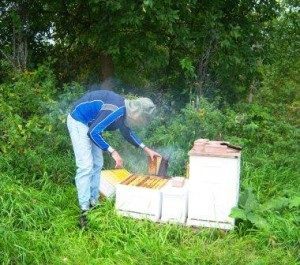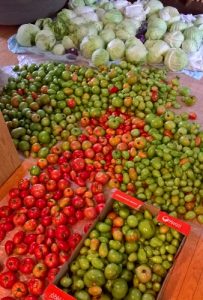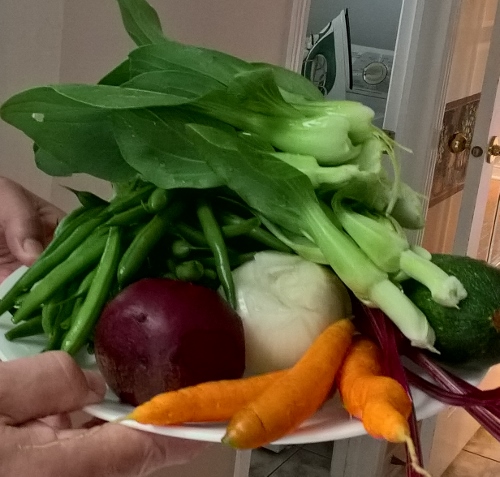Last week our youngest got her driver’s licence! We are all very excited.
Thinking about this enormous milestone in her life—and in ours—I realized that this is yet another example of vital non-academic learning. There are so many amazing opportunities in life and as homeschoolers we can really take advantage of them.
Recently Betsy, Tricia, and I discussed how we implement extracurricular homeschooling in our families. Each of us included an abundance of practical and inspiring links to our own blogs. It’s worth grabbing a cup of tea and taking a short professional development break to find encouragement and ideas for your homeschooling journey. Enjoy!
Betsy wrote about life-schooling, high school electives such as art, debate, and nature study, and her book Homeschooling High School with College in Mind.
Tricia and her family love drama, music, church ministry, entrepreneurism, and anything technical. Their extracurricular activities follow the philosophy of 10K to Talent: More Than Just a Hobby.
And here is what I wrote:
Here at The Curriculum Choice we usually talk about curriculum, but a huge part of homeschooling involves extracurricular activities. Of course it can be hard to distinguish between activities that are part of the curriculum and those that are not, so a homeschooler’s definition of ‘extracurricular’ may be somewhat nebulous. It can include sports, music, drama, art, nature, and clubs as well as co-ops, volunteer positions, part time jobs, student-directed, activities and more. But how can you make all this work?
When our children were little and each one had four full-time playmates, we did not participate in many formal activities, not even a co-op. Yet we found many ways to “Make the Extras Work in Your Homeschool”; even now, looking back, I am inspired just remembering.
As the children grew, they started volunteering; I just realized that Therapeutic Riding volunteering has been part of our family’s life for over a decade! Our teens developed their own intense interests (beekeeping, NaNoWriMo, Microsoft Answers Forum moderator, photography, horses, dairy cows, judo, cake decorating) and our little ones dabbled in one short project after another, like baking a lemon meringue pie.
If you have teens, it is important to keep track of their extracurricular learning and include it in their records. You can find tips and information in “Documenting Interest-Driven Learning as a High School Course” as well as in “Planning an Unusual High School Credit—A Horsey Example.” If you are having trouble determining grades for extracurricular learning, “High School Marks,” written years ago, may help. Alternatively, you may just wish to list such an activity as an extracurricular activity for the purpose of university admission, which can be very helpful.
Recently I was reminded that extracurricular activities can even take the place of all formal learning if necessary. When one of our teens needed to take a gap semester due to multiple concussions and chronic pain, someone on her medical team calmed my education worries by saying, “Surely, as a homeschooler you know that learning can happen in many ways!” So, when your teen or child cannot focus, just deal with the issues at hand and let them have the gift of slow time as they heal. They will be able to explore the world in ways that book learning can never duplicate, and all the trouble could turn out to be a blessing in disguise.
To be inspired by Betsy and Tricia’s experiences, click on over to the Curriculum Choice’s October feature, “The Extracurricular Homeschool.”
I pray that this discussion will help you encourage your children to develop their non-academic talents.







